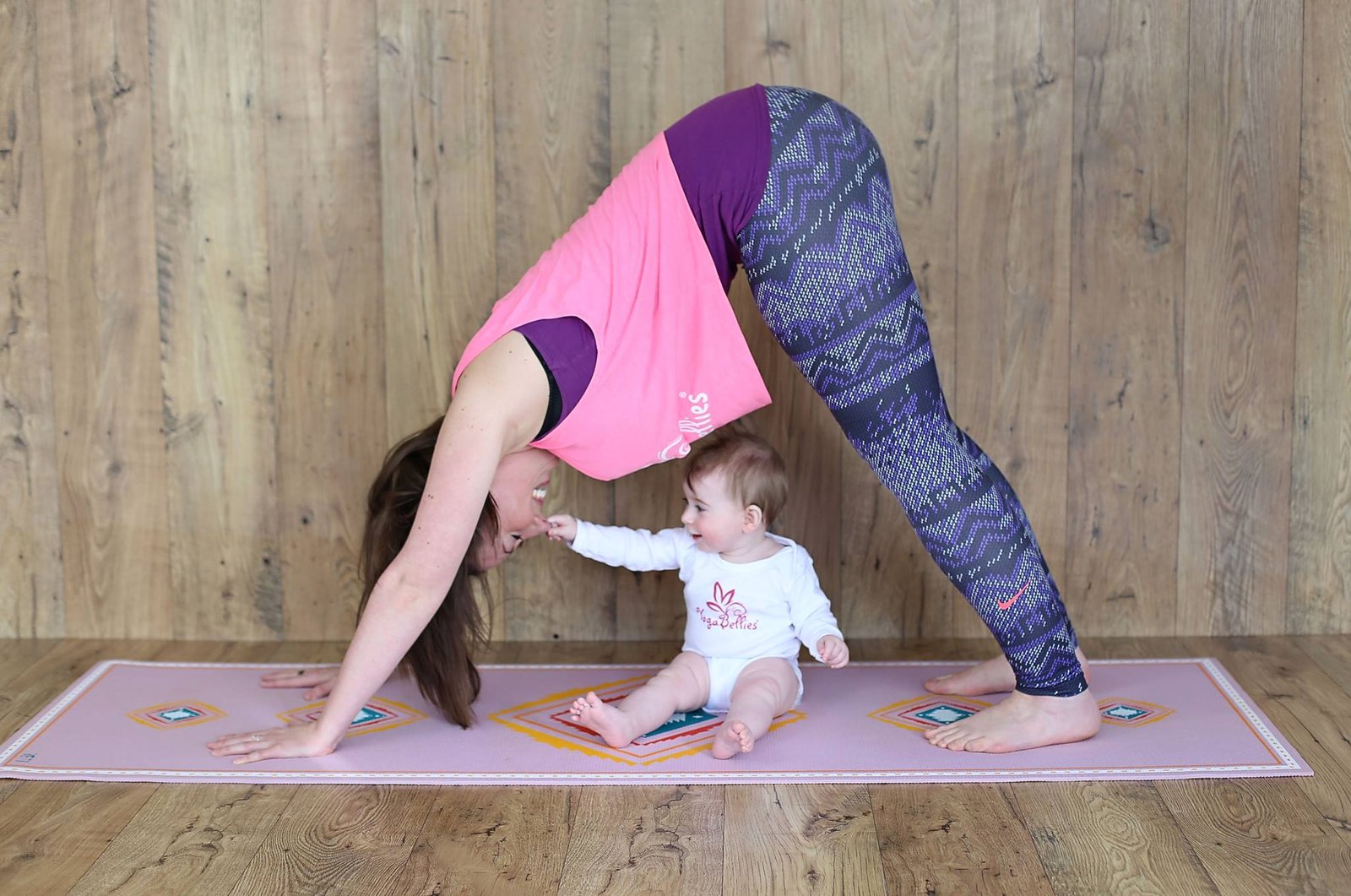
Oxytocin is that magical hormone that rushes through the body when we first fall in love. Oxytocin can take us to the dizzy heights of a love sickness that makes food and sleep seem so much less important than looking into the eyes of our newfound love.
Another of oxytocin’s main functions is preparing the female body for childbirth, stimulating milk production so that baby can nurse, and encouraging the bond between the mom and her newborn baby.
The hormone is also plays an important part in sexual arousal and is released when you have an orgasm. It’s important in nonsexual relationships too, and presence of the hormone has shown to increase trust, generosity and cooperation. It can also create a nurturing aspect within males and females who aren’t parents.
When the various limbs of yoga are practiced, oxytocin is released. Deep breathing warms the body, and warmth is one of the key elements that allows us to release oxytocin. By taking the body through the practice of yoga asana, we warm the muscles and joints, making the physical body more comfortable and relaxed. By continuing the practice with savasana (deep relaxation) and meditation, we encourage the production of oxytocin even further.
Why does yoga make you happy?
Pregnancy and motherhood can bring a lot of huge physical, emotional and environmental changes that can be difficult to adapt to. Taking some time each week to just BREATHE during yoga class, bringing your attention to the breath, focusing on the breath alone and not worrying about anything else can allow oxytocin to be released and deepen that relaxation. Sometimes we get so caught up in “getting the posture” that we forget to breathe.
Warming the body through the practice of asana
It’s important to warm the body before undertaking the physical practice of yoga so as not to damage any joints and to ease the body gently into the postures. This is especially important for pregnant and post natal women, whose bodies have undergone physical stress and growth over a period of time. During the practice of asana and pranayama, the body generates heat and warms the body inside and out. Extra bonus? When we’re warm and relaxed, the body releases more oxytocin.
Chilling in savasana
At the end of class, don’t just jump up and run out. Savasana is your reward for all of your hard effort earlier on. Learn to enjoy the relaxation, be aware of any random thoughts that go through your mind, and let them go. Acknowledge these meaningless thoughts and really take time for yourself. Focus on the breath. That’s all you need to do. And enjoy the feeling of the copious amount of oxytocin rushing through your body.
Why is oxytocin so important for moms?
In a study of 65 women with depression and anxiety, the 34 women who took a yoga class twice a week for two months showed a significant decrease in symptoms, compared to the 31 women who were not in the class.
Oxytocin helps birthing women through labor by encouraging surges or contractions, as well as providing pain-relieving endorphins and an altered state of consciousness or bliss that makes most of childbirth seems dream-like or surreal. As soon as the baby is born, it makes mom fall in love in the greatest way possible.
In the first few moments after giving birth, a mother receives the largest rush of oxytocin that she’ll ever experience in her lifetime. Oxytocin flows between mother and child every time the baby is breastfed, which encourages bonding and attachment.
Antenatal and Postnatal Depression
Yoga helps to balance hormones and stabilizes the endocrine system. By practicing yogic relaxation techniques, we can balance cortical activities and the nervous and endocrine systems, reducing the body`s reaction to stress. As a result, the body produces less adrenaline, noradrenaline and cortisol (all stress hormones), and the mother feels much more balanced and stress free.
https://www.mindbodygreen.com/0-9808/why-yoga-makes-moms-happy.html

0 Responses on Why Yoga Makes Moms Happy"